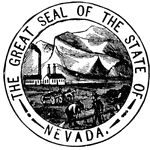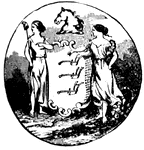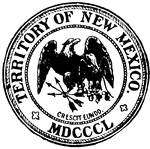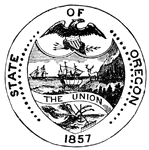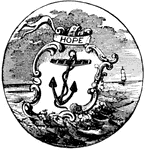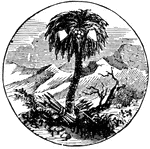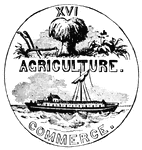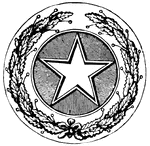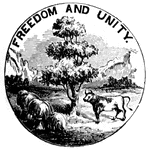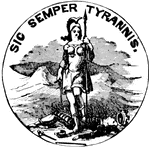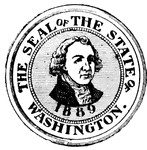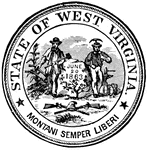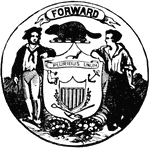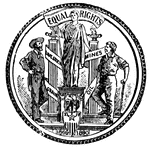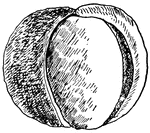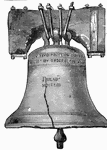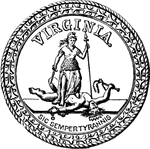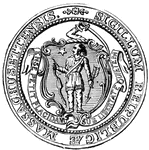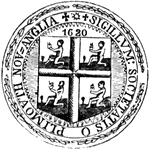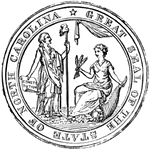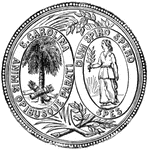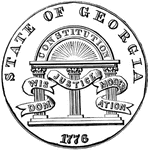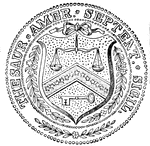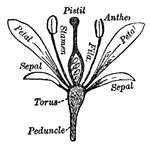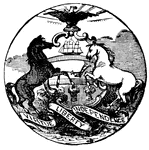
Pennsylvania Seal
Seal of the commonwealth of Pennsylvania, 1904. Motto: Virtue, Liberty, Independence.

Seal
The seal is an aquatic mammal, whose limbs are formed into flippers. The tail tapers at the end of the…

Solomon's Seal Root
In some perennial herbs, prostrate stems or branches underground are thickened with this store of nourishment…
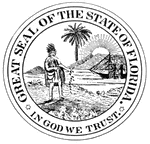
Florida Seal
The former Great Seal of Florida, featuring an indian, palm tree, the sun, and some uncharacteristic…

Battle of Pittsburg Landing
Recapture of artillery by the First Ohio and other regiments under General Rousseau, April 7, 1862.…

Evacuation of Corinth
Evacuation of Corinth, Mississippi- Confederate fortifications, from the northern angle, looking south-…
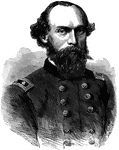
General Gordon Granger
"General Granger, born in New York, in 1821, died in Santa Fe, N. M., January 10th, 1876, was graduated…
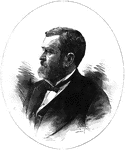
Ulysses Grant
General Grant, eighteenth President of the United States, born at Point Pleasant, Clermont County, Ohio,…
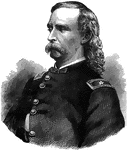
George Custer
"General George A. Custer, born in New Rumley, Harrison County, Ohio, December 5th, 1839, died in Montana,…

Attack at Harrisonburg
"Gallant attack by 150 of the Pennsylvania Bucktails, led by Colonel Kane, upon a portion of General…
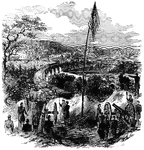
Bouquet Battery
"The Bouquet Battery, commanding the viaduct over the Patapsco River, on the Baltimore and Ohio Railroad,…
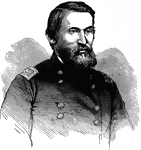
General George Crook
"General Crook, born near Dayton, O., September 8th, 1828, died in Chicago, Ill., March 21st, 1890,…

Bellaire, Ohio
"Bellaire, O.- Steamboats conveying troops and munitions of war for the Federal forces on the Great…

Landing at Parkersburg
"Landing of Federal troops at Parkersburg, Western Virginia. Parkersburg, Va., in 1861 was a thriving…
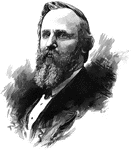
General Rutherford B. Hayes
"General Hayes was the nineteenth President of the United States, born in Delaware, O., October 4th,…

Village of Clarksburg
"Village of Clarksburg, Western Virginia, headquarters of General Rosecrans. Clarksburg, a post village,…
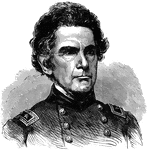
General Ormsby MacKnight Mitchel
"General Mitchel, born at Morganfield, Union County, Ky., August 28th, 1809, died at Hilton Head, S.…


